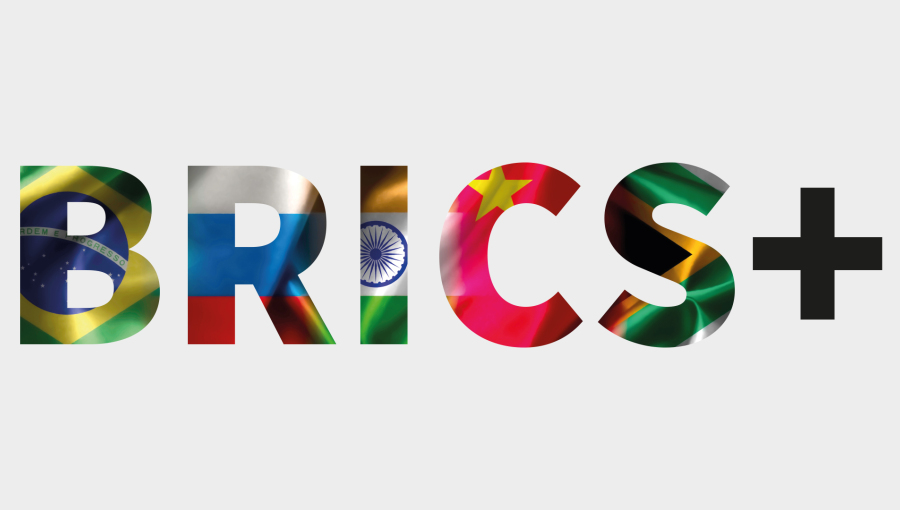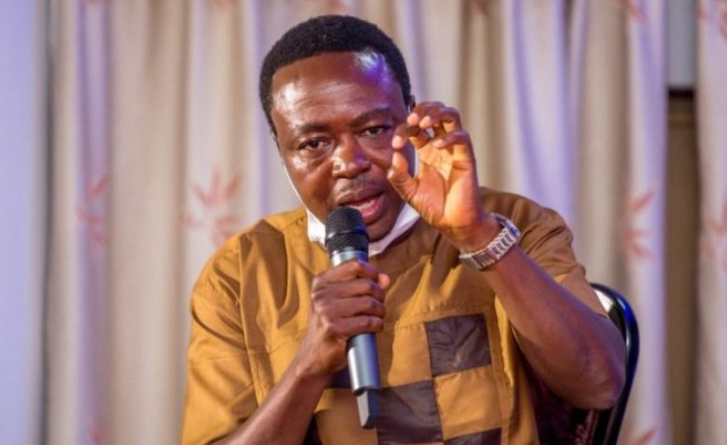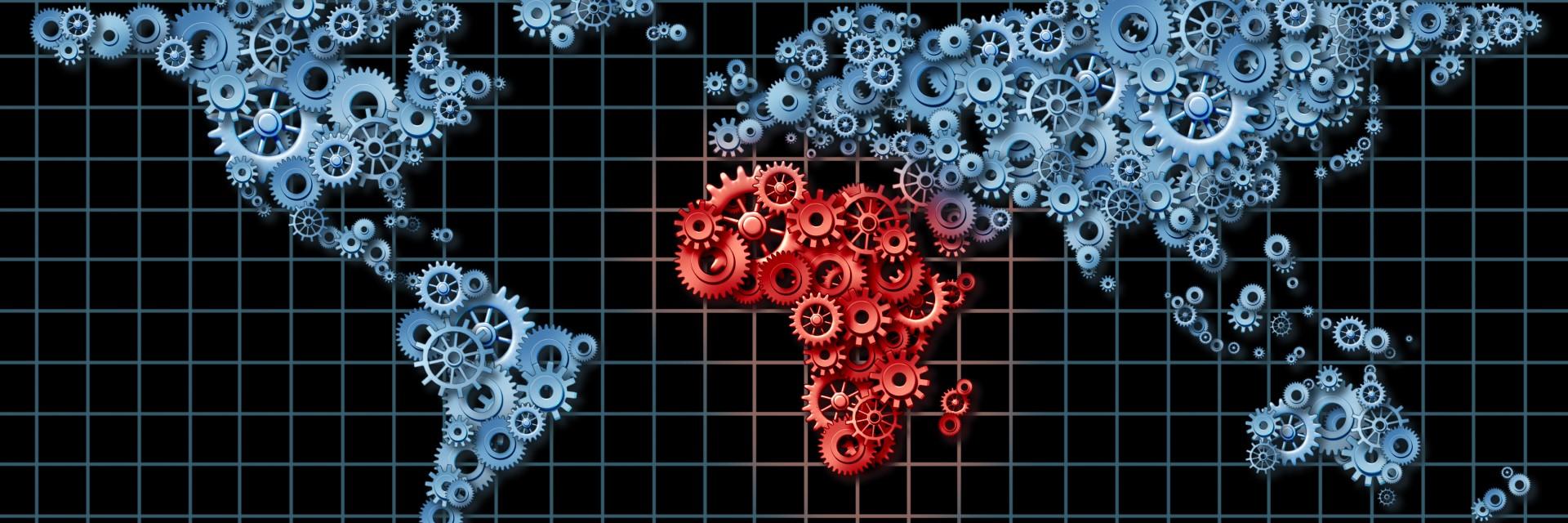
From January 2024, Russia took over the baton of BRICS chairmanship dealing first with the appropriate description of BRICS (Brazil, Russia, India, China and South Africa), whether as an association, a group or an organization. While the geopolitics intensifies, it has become necessary to explain whether BRICS be referred to as a formal or an informal association. Russia has already outlined a wide-range of dynamic steps of BRICS activities, culminating with October summit in Kazan, capital of the Republic of Tatarstan.
As a matter of fact, in linguistics the words – an association, a group and an organization – simply are nouns meaning the act of identifying with, and working together for a particular common purpose in socio-cultural, economic or business relationships. These three: association, group and organization, however, have some detailed meanings and implications and interpretations. Reading through media reports, to delve further into the complexity of the meanings and usages, popularly indicated that BRICS is an intergovernmental organization comprising Brazil, Russia, India, China, and South Africa. Most Chinese used an alliance, while western media prefers to use a group and organization.
As stipulated, January 2024 marks another new stage in BRICS development, Russia’s chairmanship has to deal with the letters in the acronym and possibly the structure, the degree of euphoria relating to various interpretations that BRICS portraying itself as an association of the global majority with primary goals of counteracting rules-based order and western hegemony. Ultimately, this constitutes Russia’s challenge, to engage in an innovative facelifting process under its chairmanship.
Now the Kremlin administration, the Foreign Ministry, Russian politicians, academic researchers and analysts say the most acceptable descriptive word/term should be an informal “association” rather than a group and an organization. In the article text posted to Kremlin website, President Vladimir Putin referred to BRICS as “an informal association” and further underscored 2024 expectations, itemized BRICS partnership in three key areas: politics and security, economy and finance, and cultural and humanitarian contacts.
Putin, earlier in an October 2023 interview, categorically emphasized that BRICS expansion aligns with the global multipolarity principle, providing a platform for countries to interact as equals, avoiding dependency on any single sovereign power. Under Russia’s chairmanship this 2024, integrating more new members into BRICS would be an explicit testament to the association’s remarkable growing attraction and its commitment to reshaping the global economic landscape. And further to that, BRICS brings diverse strengths and perspectives to the association, each dimensions augmenting its capability to influence global trade, economics and politics.
“Of course, we will consider the degree to which many other countries, about 30 of them, are prepared to join the BRICS multidimensional agenda in one form or another. To this end, we will start working on the modalities of a new category of BRICS partner country,” according the text.
In the realm of BRICS 2024, Russia fixes its motto as “Strengthening Multilateralism for Equitable Global Development and Security” which precisely points to the current challenges facing the world today. The association now includes 10 countries. Egypt, Ethiopia, Iran, Saudi Arabia, and the United Arab Emirates joined BRICS as new full members which is a strong indication of the growing authority of the association and its role in international affairs. It portrays its strength in the evolutionary multipolar processes of the century.
Russia’s Foreign Minister Sergey Lavrov has also outlined comprehensive future vision for BRICS, emphasizing that “it should remain an association rather than evolving into a full-fledged organization with a secretariat.” Lavrov stated in an interview with the Russian channel NTV that BRICS is not an organization but an association, describing it as a “future umbrella” symbolizing the aspirations and considerations of the world’s majority of developing countries.
Lavrov expressed extraordinary skepticism about transforming BRICS into a formal organization at this stage, emphasizing that it may not be necessary for a relatively long time. He underscored the importance of BRICS as a platform where countries collaborate based on mutual interests and equality, contrasting it with Western organizations lacking fair rules and genuine consensus.
The association, consisting of Russia, Brazil, India, China, and South Africa, and now welcomed new members, including Egypt, Ethiopia, Iran, the UAE, and Saudi Arabia from January 2024. That however, Argentina has decided not to join as planned, citing concerns about economic ties with China and Brazil, opting instead to pursue economic rapprochement with the United States and Israel under President Javier Milei, who for over 20 years, has been a professor of macroeconomics, economics of growth, microeconomics, and mathematics for economists in Argentine universities and abroad. Milei took office as the new president on 10 December 2023.
With more than 40 countries are still expressing high interest in joining BRICS, the association aims to expand its circle of friends, particularly focusing on Latin American countries. Some experts say the expansion will raise significantly its status and could further amplify association’s declared ambition to become a champion of the Global South. According to historical records, the first meeting of the association began in St. Petersburg in 2005. It was called RIC, which stood for Russia, India and China. Then, Brazil and subsequently South Africa joined later, which is why it is referred to as BRICS.
The post BRICS: An Informal Association of 10 Developing Countries appeared first on The Business & Financial Times.
Read Full Story























Facebook
Twitter
Pinterest
Instagram
Google+
YouTube
LinkedIn
RSS